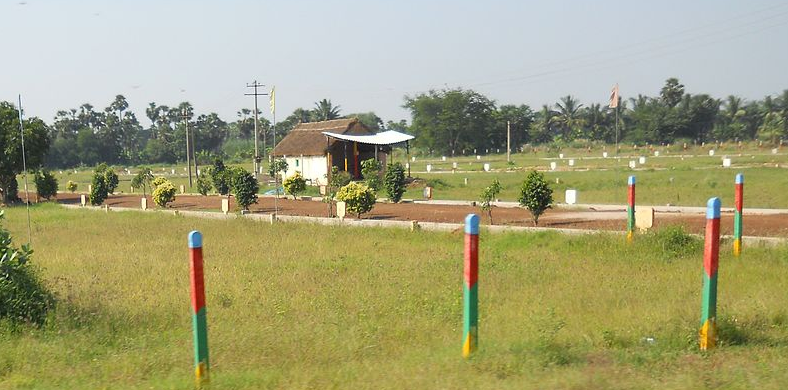[ad_1]
The Role of Technology in Land Surveying
Land surveying is the science and art of accurately measuring and mapping land areas. It is a profession that has been around since ancient times and has evolved significantly over the centuries. In recent years, the use of technology has revolutionized the field of land surveying, making it more accurate and efficient than ever before.
GPS
GPS (Global Positioning System) is one of the most important tools used in land surveying. With GPS, surveyors are able to measure distances and angles accurately, and record data points for later use. GPS also allows surveyors to get an accurate picture of the area they are surveying, which can be incredibly useful for creating maps and plans.
Lasers
Laser technology has also become an important tool for land surveyors. Laser scanning is used to identify features in the landscape that can’t be seen with the naked eye. This data can then be used to create accurate maps and plans. Laser scanners are also used to measure distances and angles accurately, and they can be used in areas where GPS signals are not available.
Drone Surveying
Drones are increasingly being used in land surveying. This technology allows surveyors to get aerial images of the area they are surveying, which can be used to create accurate maps and plans. Drones are also used to collect data points, which can be used to measure distances and angles accurately.
3D Mapping
3D mapping is a relatively new technology that is being used in land surveying. This technology allows surveyors to create a 3D model of an area, which can be incredibly useful for creating detailed maps and plans. 3D mapping also allows surveyors to measure distances and angles accurately, and to identify features in the landscape that can’t be seen with the naked eye.
Robots
Robots are becoming increasingly popular in land surveying. Robots are used to collect data points and to measure distances and angles accurately. They are also used to identify features in the landscape that can’t be seen with the naked eye. Robots can also be used to create 3D models of an area, which can be incredibly useful for creating detailed maps and plans.
Conclusion
Technology has revolutionized the field of land surveying, making it more accurate and efficient than ever before. GPS, lasers, drones, 3D mapping, and robots are all technologies that are being used in land surveying, and they are making it easier and faster than ever to measure and map land areas accurately.
[ad_2]




